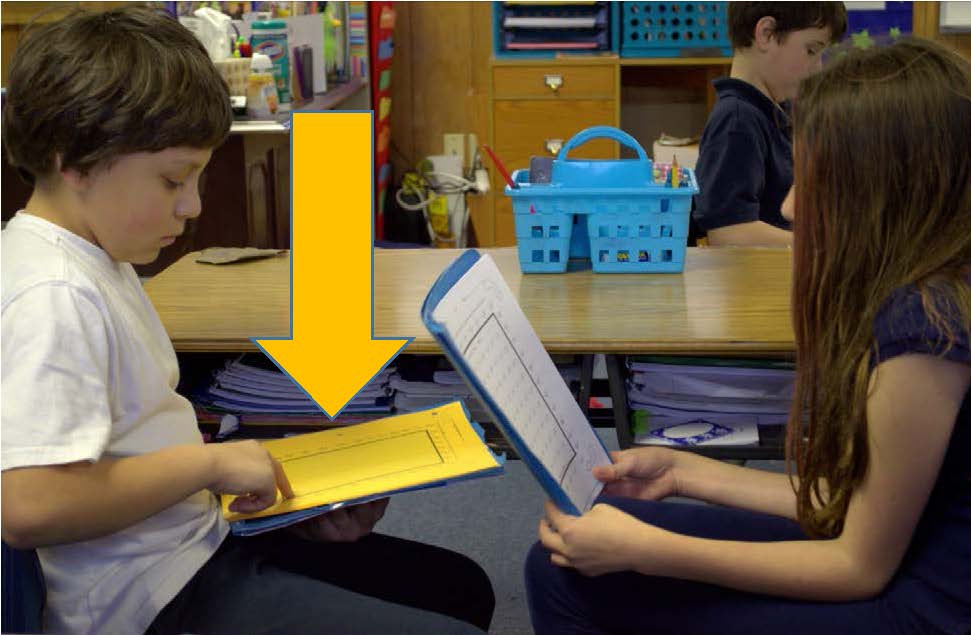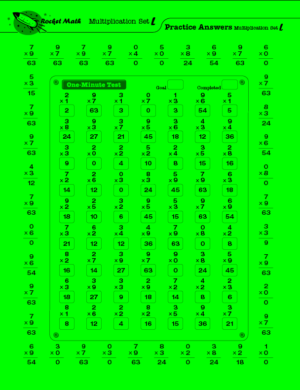What happens when teachers don’t have a copy of the Rocket Math Teacher Directions? Bad things!
When teachers don’t have the written directions to Rocket Math, the essence of the program usually gets lost. Procedures get modified and modified over the years until they are not even close to what should be occurring. Sometimes we have found schools that are not even providing daily oral practice. Other schools don’t give the answer keys to the peer tutors. Other schools don’t give the writing speed test and make up impossible-to-reach goals for students. We often see teachers implementing the “Rocket Math” program incorrectly and wondering why it doesn’t work. We ask them if they have read the teacher directions, and they say they didn’t know there were any. When teachers have never seen the directions, is it any wonder they don’t know what they are supposed to be doing? Hear-say directions handed down over the years from one teacher to another just don’t convey all the important details. Teachers need the directions!
This is why I’d like you to have my complete directions for free. Even if you purchased Rocket Math ten years ago and haven’t gotten the updated versions since then, you can have these directions for free. I have them in three places. I have the directions broken out into FAQs on their own web page here. That’s easy for quick reference.
The second place I have the Teacher Directions is as a downloadable booklet you can print out and distribute. The Rocket Math Teacher Directions for the worksheet program booklet is here. Please print this out and give to your teachers, especially in schools that began implementing several years back. Read them and have a discussion at a professional development time. You will be astounded at how much your implementation differs.
The third place I have the Teacher Directions is in the “filing cabinet on the web” for those of you who have the subscription. In the “Forms and Information” drawer we have the booklet and the FAQs which can be opened and printed out.
In school-wide implementations of Rocket Math, principals or math coaches need to take a leadership role. The Administrator and Coach Handbook gives you forms with what to “look-for” in a Rocket Math implementation. If you use that to observe Rocket Math in your classrooms you’ll quickly see whether or not things are going the way they should. If you have a subscription to Rocket Math you’ll find all of the chapters of the Administrator and Coach Handbook in the “Forms and Information” drawer of our filing cabinet on the web.
Please take the time to see that you or your teachers are implementing Rocket Math according to the directions. Trust me, it works SO MUCH BETTER if you do. I wouldn’t steer you wrong!














